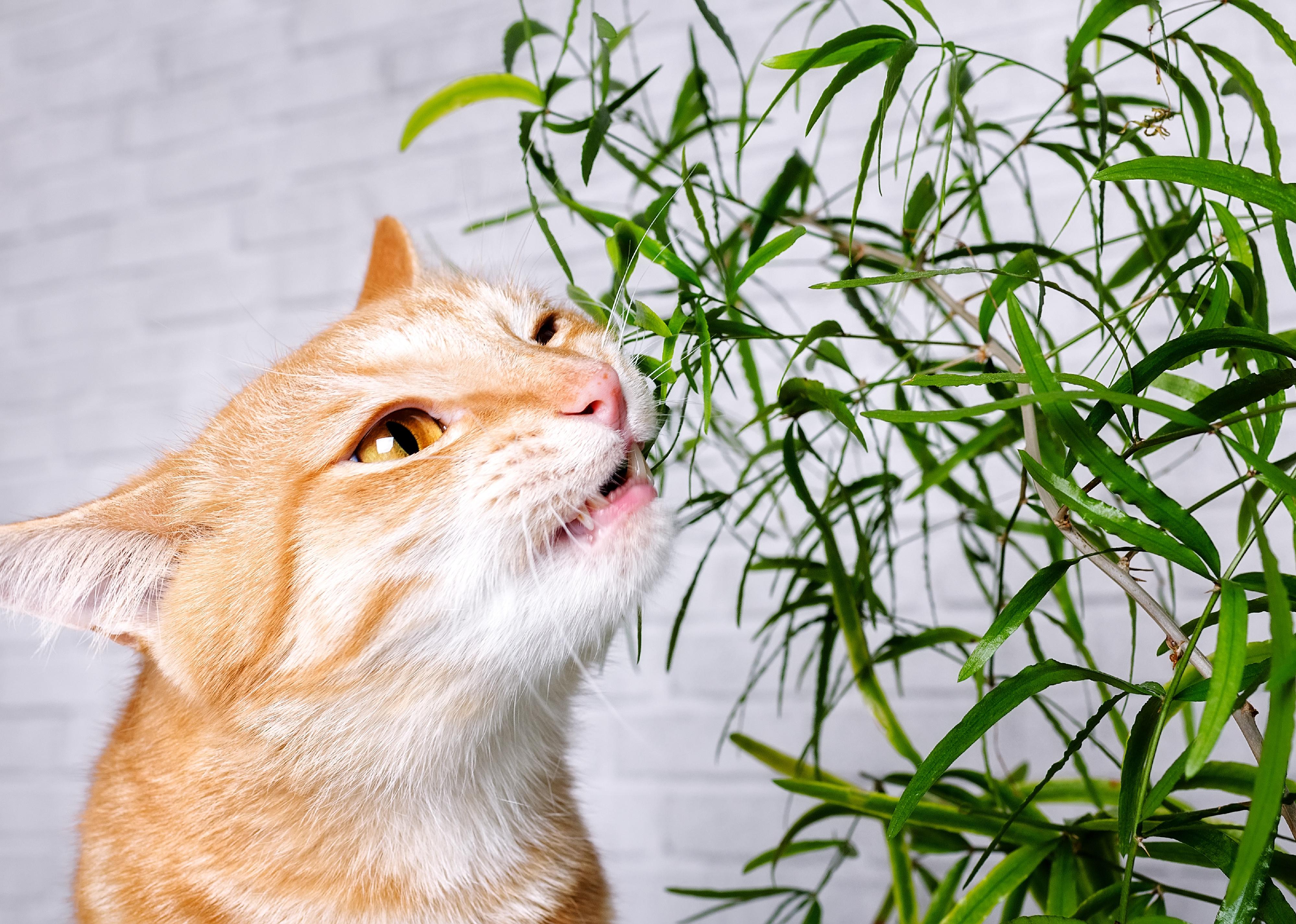
Beyond catnip: 7 safe, cat-friendly plants to have at home
This story originally appeared on Wag! and was produced and distributed in partnership with Stacker Studio.
Beyond catnip: 7 safe, cat-friendly plants to have at home
When it's cat versus houseplant, even the hardiest stems can fall prey to curious—and overly playful—felines. But plants can do plenty of harm, too. There is a long list of highly toxic plants to cats, including fruits such as grapes, herbs like chamomile, and flowers such as lilies, daffodils, and bird of paradise. March is National Animal Poison Prevention Month and is the perfect time to consider safer, pet-friendly houseplants: In 2021, plant poisoning was one of top five reasons that pet parents called the American Society for the Prevention of Cruelty to Animals' poison control hotline.
While catnip is probably the most well-known herbal stimulant for felines, there are many plants that can spruce up your decor without harm to your four-legged friends—though they may not have the same stimulating effect. Catnip's active ingredient is nepetalactone, which can cause your cat to drool, roll around, meow, rub, and act playful when inhaled. In others, it can cause the opposite effect and make a cat mellow and sleepy. However, catnip has no effect on about 20-30% of cats. Interestingly enough, the response is hereditary.
There are some plants that may come close to eliciting a similar response, and many are simply pleasurable for cats to bat at, chew, or smell. But before getting a cat-friendly houseplant, keep in mind that excessive playing or chewing can severely damage plants. Limiting how much cats eat and nibble is also a good idea for your enthusiastic pet—even when plants are nontoxic, ingesting any vegetation in large amounts can cause a cat to vomit.
To help you create a cat-friendly home environment, Wag! compiled a list of seven nontoxic plants that are fun for cats to play with and chew.
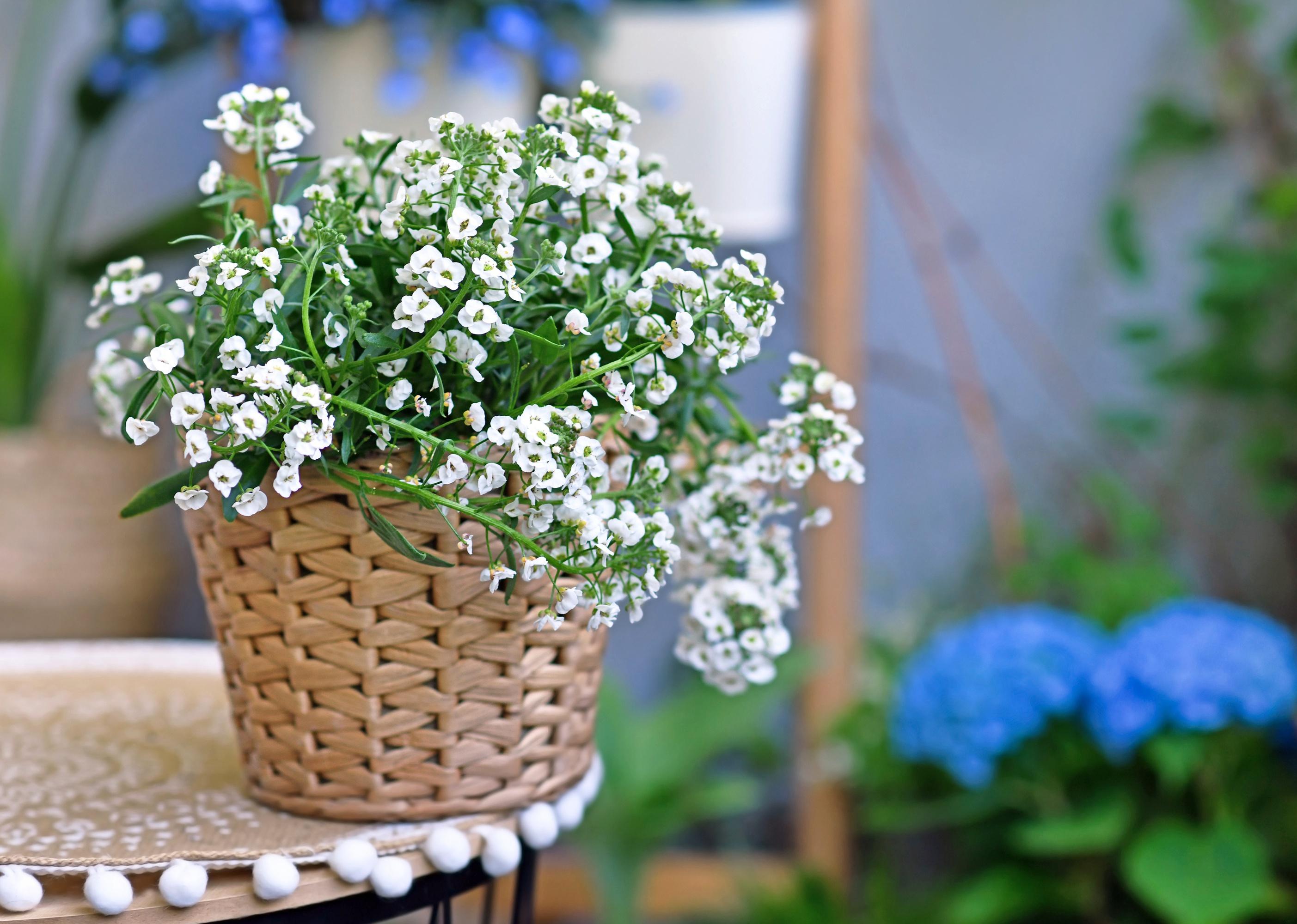
Alyssum
The quick-growing, fragrant, and nontoxic alyssum provides ground cover that cats love exploring and nestling in. Cats respond well to olfactory experiences, so your pet might like this flowering plant around the house or garden.
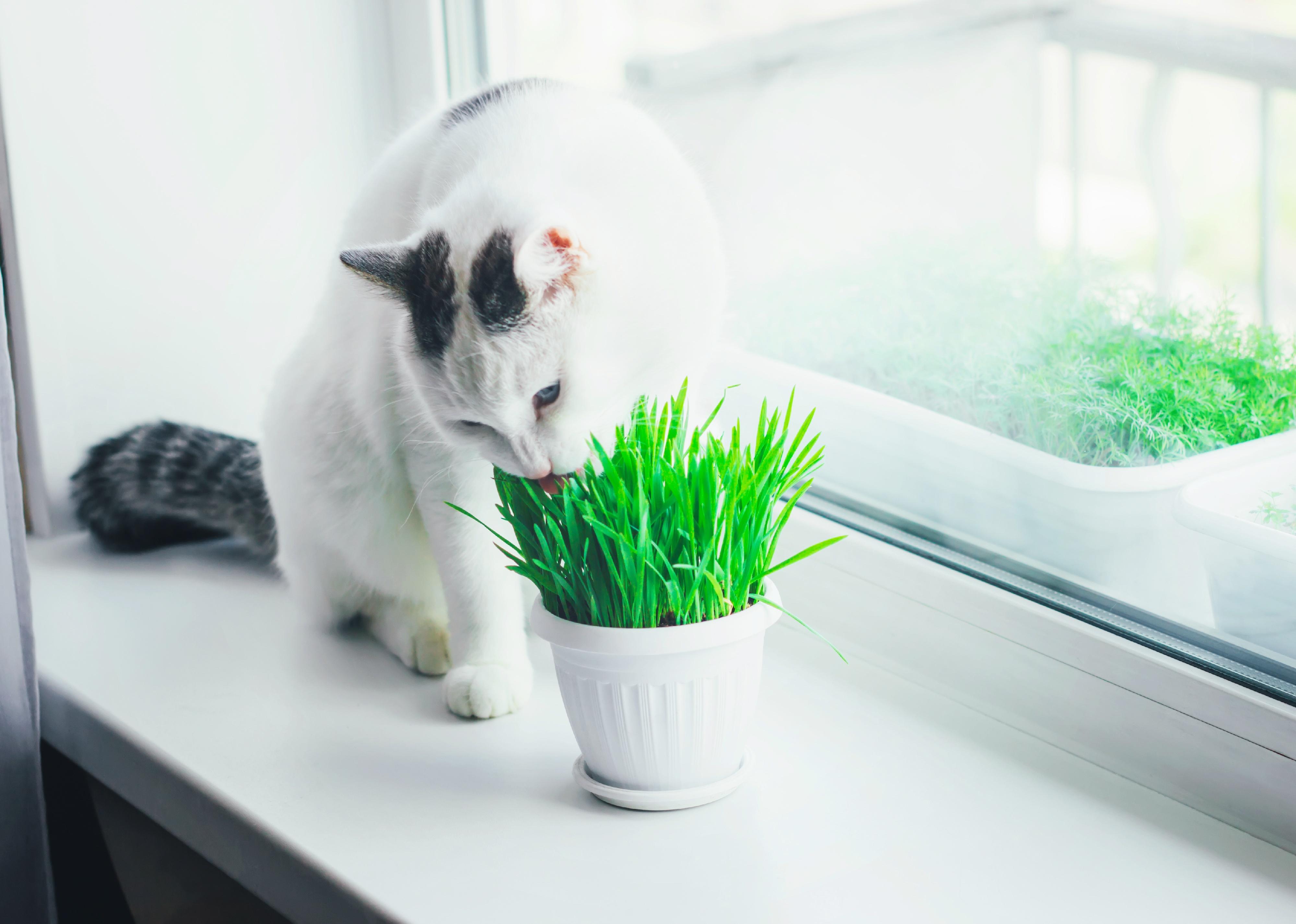
Cat grass
While cats are strict carnivores—meat provides all the nutrients they need—there are certain plants they enjoy munching, and cat grass is one of them.
Cat grass is a mixture of wheat, barley, oats, or rye seeds that are nontoxic to cats and can be grown indoors. It's easy to find it potted at plant and pet stores. In addition to finding pleasure in nibbling on the plant, cat grass can also serve as a diversion to prevent your pet from chewing on plants that might not be safe—or, more likely, from demolishing your houseplants.
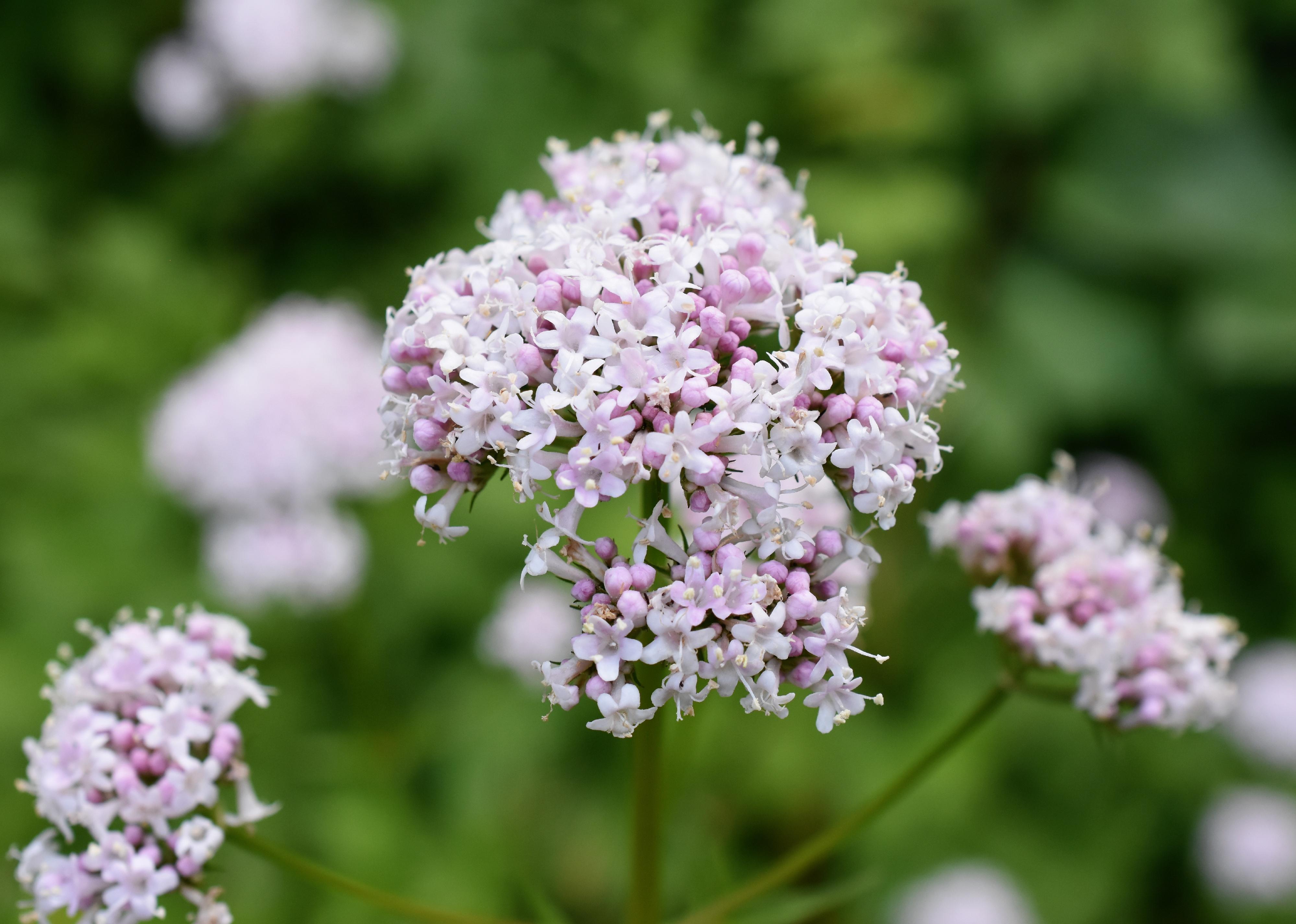
Valerian
If you have a cat that doesn't enjoy catnip, an alternative that can elicit the same kind of reaction is valerian root.
Humans have used valerian root throughout history for helping with anxiety and insomnia; however, it does not have the same calming effect on felines. The herb contains a compound called actinidine, a feline stimulant similar to nepetalactone—the active ingredient in catnip—and can be found in cat toys or sprinkled on top of food.
Like catnip, valerian root affects cats differently—some may not respond at all. It's important to note that it can make cats more aggressive, so keep an eye on your four-legged friend the first few times you offer it to them.

Spider plants
Consider a spider plant if your cat likes chewing on greenery. Cats seem to be attracted to the long leaves of these plants, possibly because they resemble grass, making them pleasant to bat and gnaw. But be aware that spider plants have a mild hallucinogenic effect on felines, so make sure to observe their behavior when you first introduce the plant into your home.
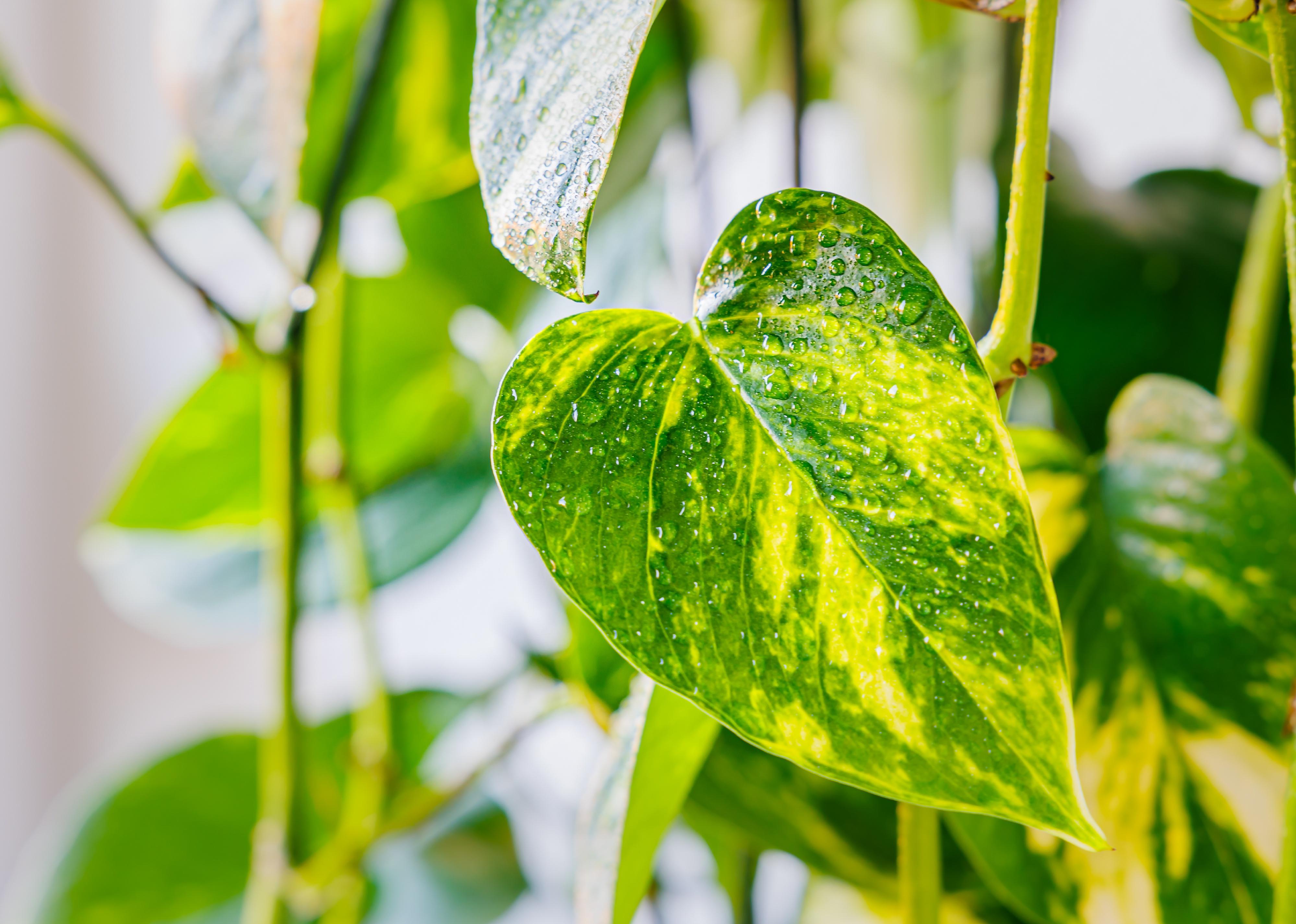
Silver vine
Silver vine's scent gets an even stronger response from cats than catnip: In a 2017 study, 80% of cats responded to silver vine compared with 68% to catnip.
A study published in 2021 found that silver vine's active ingredient nepetalactol releases dopamine by stimulating the reward and pleasure systems of the feline brain. The effect is comparable to opioids in humans, but don't worry—cats can't get addicted to nepetalactol. The plant also has an added benefit: It acts as a natural insect repellent when cats rub against it.
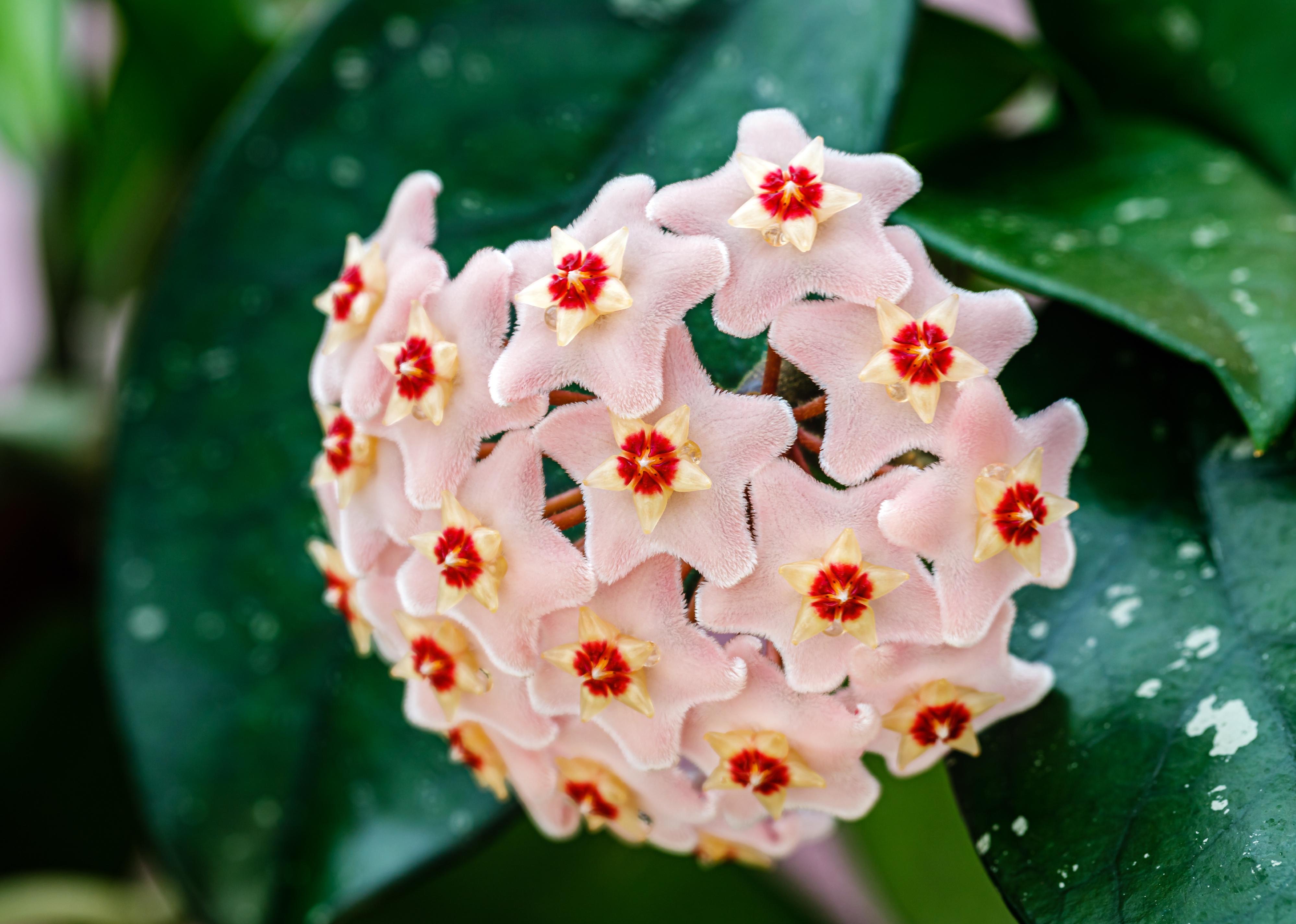
Hoyas
Like spider plants and alyssum, hoyas are a great nontoxic option for sprucing up your decor. These waxy-leaved plants can creep up a trellis if planted outdoors, and their vines may snake outside their pots indoors, which gives them a lovely aesthetic in the house.
Hoyas are safe for cats to bat and chew, but be mindful of how much they consume. Since cats are obligate carnivores, overeating any plant can cause them to vomit. Don't be alarmed if this happens—even if it upsets their stomach a little, this plant is not harmful to your kitty.
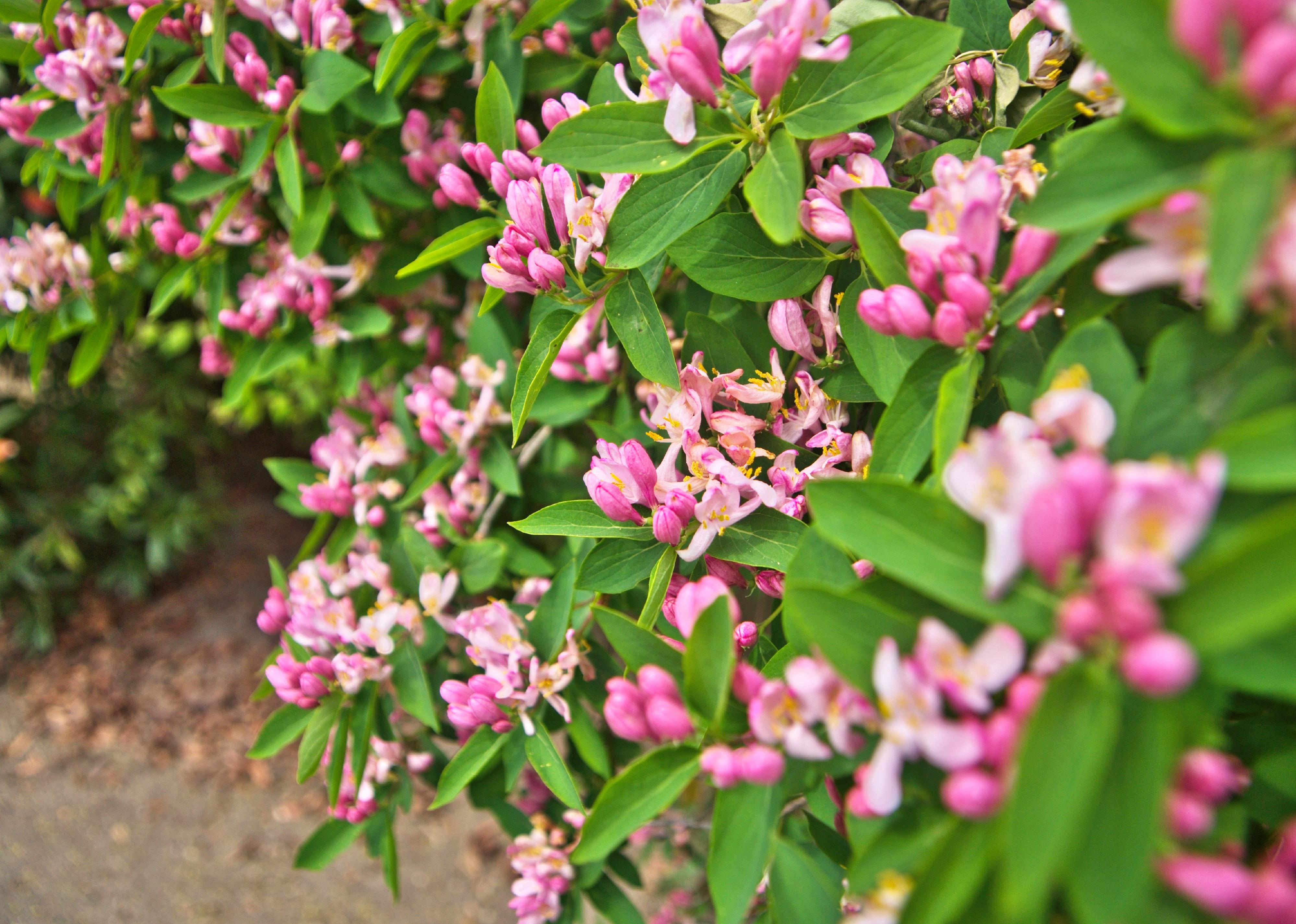
Honorable Mention: Tatarian honeysuckle
In a 2017 study, the woody shrub Tatarian honeysuckle invoked the same effects as catnip in felines that didn't respond to the popular plant. Like catnip, Tatarian honeysuckle may make cats more playful and hyperactive or have the opposite effect and make them more relaxed and sleepy. You can find toys and sprays derived from the wood of Tatarian honeysuckle, but it's important to note that the plant's berries, flowers, and leaves are toxic to cats.
If you'd like to try Tatarian honeysuckle for your cat, buy products made from the plant rather than growing your own.



